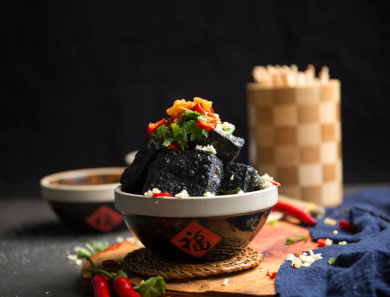Exploring: What is Sichuan Style?
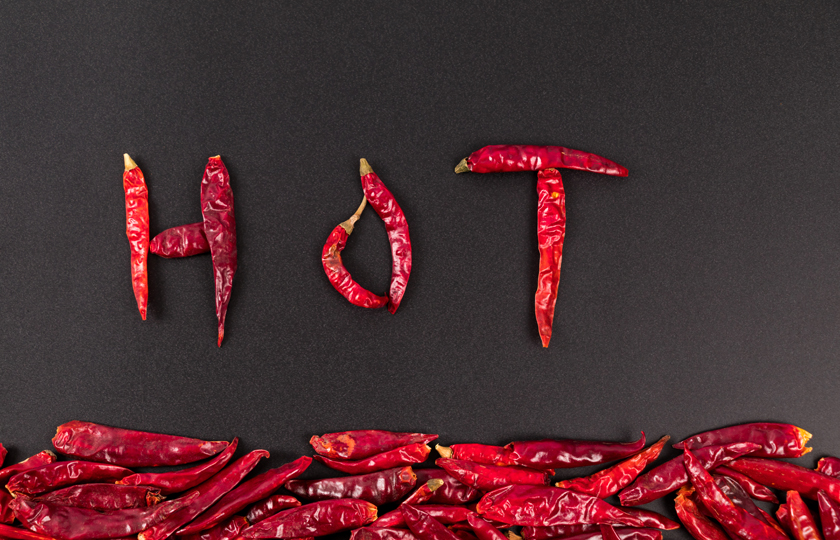
Spicy with passion, numbing to the extreme, and fragrant with richness. Let us explore the wonderful world of Sichuan style from this.
What does Sichuan style mean?
Sichuan style, in short, is the characteristic flavor of Sichuan region. It is mainly characterized by spiciness, numbing sensation, deliciousness and richness. Chili peppers, Sichuan peppercorns, pepper and fresh ginger and other seasonings are heavily used to form a unique compound flavor.
Signature Characteristics:
• Heavy use of garlic and ginger
• Liberal use of chili oil
• Complex layering of flavors
• Bold, intense tastes
• Oily but not greasy
• Rich and aromatic
Famous Cooking Methods:
• Dry-frying (干煸)
• Double-cooking (回锅)
• Fish-fragrant (鱼香)
• Strange-flavor (怪味)
• Hot pot (火锅)
Essential Ingredients:
• Sichuan peppercorns
• Doubanjiang (fermented bean paste)
• Dried chilies
• Garlic
• Ginger
• Scallions
• Soy sauce
Fun Fact: Sichuan cuisine developed its spicy character partly because the region's humid climate made people seek out warming foods!
What does Sichuan style taste like?
Sichuan style flavors are rich and diverse, with several typical taste sensations, including:
Numbing (麻)
The numbing sensation in Sichuan cuisine primarily comes from Sichuan peppercorns. The quality of these peppercorns is exceptional, with Hanyuan Sichuan peppercorns being particularly renowned. When the peppercorns release their flavor, they bring a unique, slightly tingling numbing taste that stimulates the tip of the tongue and the oral mucosa, creating a pleasantly tingly sensation.
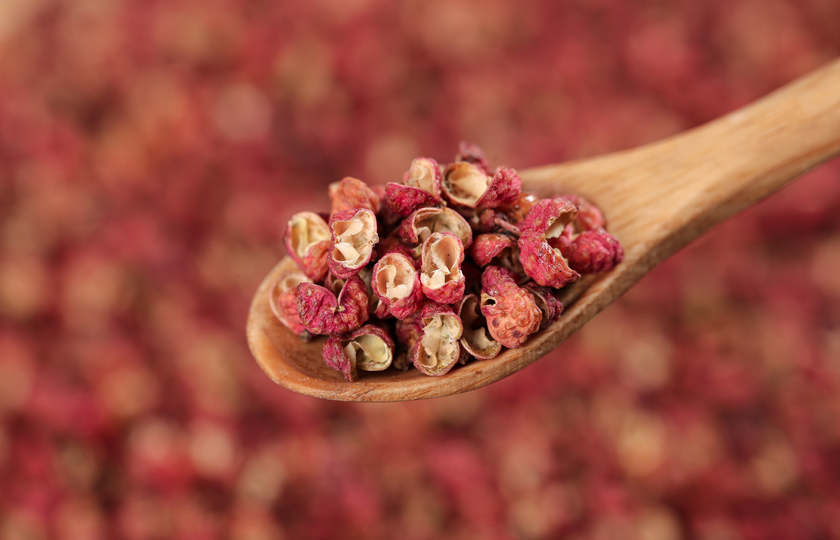
Spicy (辣)
The spiciness in Sichuan food comes from chili peppers. Common varieties include Erjingtiao, bullet chilies, and Seven Star peppers, with heat levels ranging from mild to extremely hot. In dishes, chilies can appear as whole dried peppers, chili paste, or chili oil.
Umami (鲜)
Sichuan cuisine often uses fermented ingredients such as soy sauce, doubanjiang (fermented broad bean paste), and fermented black beans, all of which contribute to a deep, savory umami flavor.
Fragrance (香)
Sichuan dishes commonly use a variety of aromatic spices, such as star anise, cinnamon, bay leaves, fennel, and cloves. These spices release complex, fragrant aromas during cooking, enhancing the overall flavor profile.
Sour (酸)
Many Sichuan dishes incorporate vinegar or pickled vegetables, which help balance the heat and add depth to the flavors. Sichuan pickled vegetables are one of the key sources of the region's characteristic sourness, offering a robust, fermented tang.
Representative Dishes of Sichuan Style
Here are some representative dishes of Sichuan style cuisine:
Fish-Flavored Shredded Pork (鱼香肉丝)
Flavor Profile: A balanced mix of salty, sweet, sour, spicy, umami, and aromatic, with a strong aroma of ginger, garlic, and a distinct "fish-flavored" taste.
Main Ingredients: Shredded pork tenderloin, pickled chili peppers, ginger, wood ear mushrooms, and celery.
Cooking Method: Marinate the shredded pork, stir-fry until cooked, and then add various seasonings and vegetables to stir-fry together.
Kung Pao Chicken (宫保鸡丁)
Flavor Profile: Red but not too spicy, spicy but not overwhelming, rich in fragrant spiciness with a unique crispy texture and a slightly sweet, tangy flavor.
Main Ingredients: Chicken breast, peanuts, cucumber, and carrots.
Cooking Method: Cut the chicken into cubes, coat with cornstarch, deep-fry, then stir-fry with roasted peanuts and seasonings.
Sichuan Boiled Pork (水煮肉片)
Flavor Profile: Bright red color, spicy, numbing, and fragrant with tender, chewy meat slices.
Main Ingredients: Typically uses beef or pork, along with bean sprouts, green vegetables, and wood ear mushrooms.
Cooking Method: Blanch vegetables, lay them at the bottom, then add boiled meat slices and their broth on top, finishing with hot oil to release aroma.
Sichuan Beef Tripe (夫妻肺片)
Flavor Profile: Attractive color, tender and fresh texture, rich, spicy, and numbing with a complex flavor profile.
Main Ingredients: Beef offal like tripe, heart, tongue, and beef slices.
Cooking Method: Boil the ingredients, slice thinly, and mix with pickling juice, chili oil, Sichuan pepper oil, and sesame for seasoning.
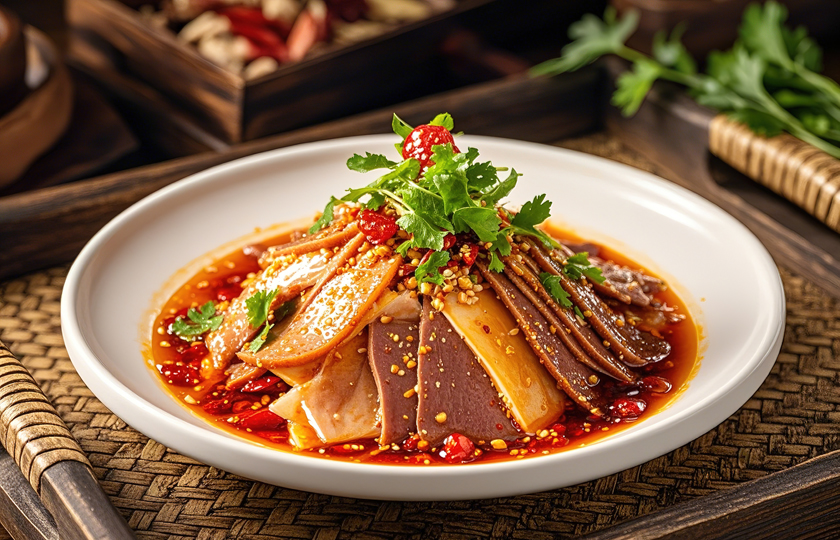
Mapo Tofu (麻婆豆腐)
Flavor Profile: Numbing, spicy, fragrant, with crispy, tender, and succulent textures. Silky tofu with flavorful minced beef.
Main Ingredients: Tofu, minced beef, doubanjiang (fermented bean paste), and Sichuan pepper powder.
Cooking Method: Blanch the tofu, stir-fry minced beef with seasonings, then simmer with tofu to absorb the flavors.
Twice-Cooked Pork (回锅肉)
Flavor Profile: Bright red color, rich without being greasy, savory and aromatic with a distinct "wok flavor" and strong soy sauce aroma.
Main Ingredients: Pork belly, green peppers, garlic chives, onions.
Cooking Method: Boil the pork belly, slice it, and stir-fry with vegetables and seasonings like doubanjiang and sweet bean paste.
Spicy Hot Duck Blood (毛血旺)
Flavor Profile: A tempting, bright red broth, spicy and numbing with a rich flavor and a variety of ingredients.
Main Ingredients: Duck blood, beef tripe, luncheon meat, fish stomach, mung bean sprouts, wood ear mushrooms.
Cooking Method: Cook all ingredients in a broth filled with generous amounts of chili and Sichuan pepper.
Dongpo Pork Knuckle (东坡肘子)
Flavor Profile: Rich and tender without being greasy, the broth is creamy white, with perfect color, aroma, flavor, and presentation.
Main Ingredients: Pork knuckle.
Cooking Method: Slow-braised and steamed to perfection.
Dan Dan Noodles (担担面)
Flavor Profile: Smooth noodles with a crispy, aromatic meat topping, savory, slightly spicy broth, and rich umami flavors.
Main Ingredients: Yibin bean sprouts, pork, Sichuan chili oil, flower pepper powder, scallions, soy sauce, vinegar, and fresh broth.
Cooking Method: Make dough with flour and eggs, roll into thin noodles, cook them, and top with seasoned pork and bean sprouts.
Red Oil Wontons (红油馄饨)
Flavor Profile: Smooth skin, tender filling, combining the spicy red oil and fragrant garlic with a fresh, aromatic finish.
Main Ingredients: Chicken thighs, wonton wrappers, scallions, ginger, sesame oil, Sichuan chili oil, and green garlic.
Cooking Method: Bone the chicken, mince it, mix with seasonings to make the filling, wrap in wonton wrappers, cook in chicken broth, and finish with chopped garlic and chili oil.
Does Szechuan make your mouth numb?
Yes, Szechuan cuisine can make your mouth numb.
This is because Sichuan peppercorns are a very important seasoning in Sichuan cuisine. Many Sichuan dishes will use Sichuan peppercorns to add flavor.
For example, in the classic Sichuan dish Mapo Tofu, pepper powder or pepper oil will be added during the production process. And for Sliced Beef and Ox Tongue in Chili Sauce, Sichuan peppercorns are also used for seasoning. When eating, there will be an obvious numbing taste.
However, not all Sichuan dishes are numbing. Sichuan cuisine has multiple flavor types. In addition to the spicy and numbing flavor type, there are also fish-flavored type, strange-flavored type, salty and fresh flavor type, etc. If you choose these non-spicy and numbing flavor type Sichuan dishes, such as Kung Pao Chicken, Yuxiang Shredded Pork, Steamed Longsnout Catfish, and Boiled Cabbage in Supreme Soup, the mouth usually will not have a numbing feeling.
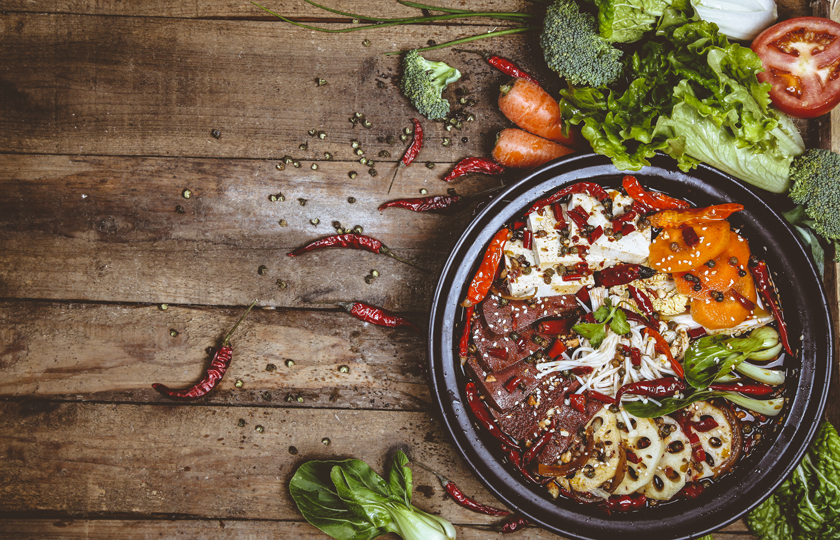
Is Szechuan sauce really spicy?
The spiciness of different Sichuan sauces varies greatly.
Doubanjiang
Pixian Doubanjiang in Sichuan is a very important sauce in Sichuan cuisine. It has a certain degree of spiciness in itself, but the spiciness is relatively mild.
The main raw materials of Pixian Doubanjiang are broad beans, chili peppers and salt, etc. During the production process, the spiciness of chili peppers becomes mellow through fermentation and other processes.
For example, in the making of twice-cooked pork, Pixian Doubanjiang is a key seasoning. It mainly gives the dish a rich soy sauce flavor and a light spiciness. The focus is on enhancing the fragrance rather than simply stimulating the spiciness.
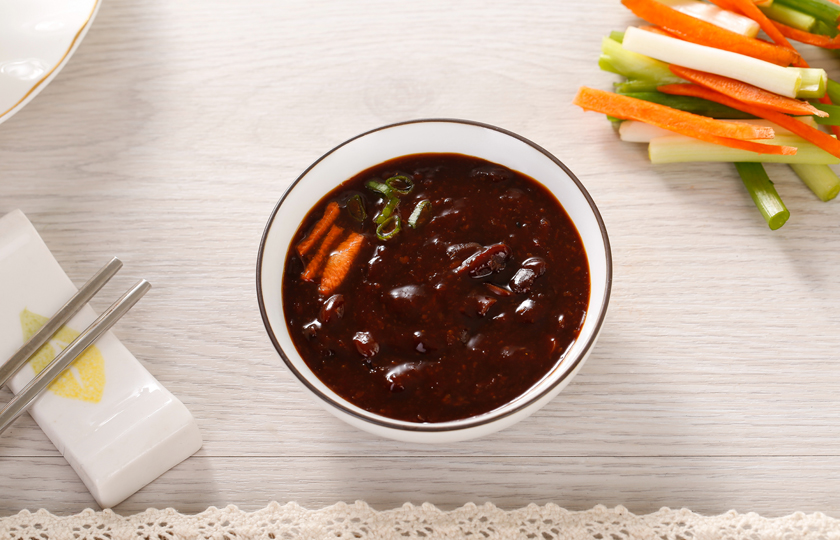
Chili sauce
The spiciness of chili sauce in Sichuan varies in a wide range. Some homemade chili sauces will choose very spicy chili varieties, such as millet peppers. After simple pickling or boiling, this kind of chili sauce is very spicy.
However, there are also some chili sauces used for dipping or mixing noodles that will mix other seasonings to balance the spiciness, such as adding sweet flour paste, peanut butter, etc., to make the spiciness moderate and at the same time increase the layering of flavors.
Hot pot base (paste-like)
If the Sichuan hot pot base is in a concentrated paste-like form, it is usually relatively spicy.
Because a large amount of chili peppers, Sichuan peppercorns and various spices are used in the making of hot pot base. The amount of chili peppers largely determines the spiciness.
For example, butter hot pot base often uses a mixture of multiple kinds of chili peppers to achieve a rich spiciness and a thick texture. It is suitable for people who like extremely spicy tastes to use for cooking hot pot or making spicy dishes.
Which Chinese dish is the spiciest?
Here are some Chinese dishes that are generally considered very spicy:
Sichuan cuisine
Boiled fish
Sliced fresh fish is cooked with a large amount of chili peppers, Sichuan peppercorns and other seasonings. Pouring hot oil on the chili peppers stimulates a more intense spiciness. The fish is tender and flavorful. When eaten, it is spicy, numbing, delicious and has a strong spicy feeling.
Spiciness: Very high, with both numbing and spicy sensations.
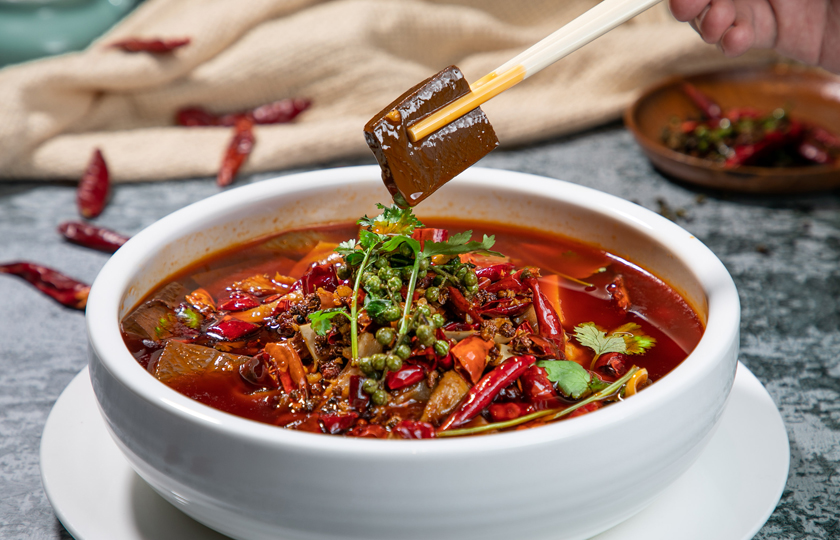
Mao Xue Wang
Usually, duck blood, tripe, eel, luncheon meat and other ingredients are used as the main ingredients and cooked with a large amount of chili peppers, Sichuan peppercorns and other seasonings. The soup is bright red, with a thick spicy and numbing taste. When eaten, it is extremely spicy and satisfying.
Spiciness: Extremely spicy and numbing.
The ingredients are rich and diverse, including meat, seafood, vegetables, etc. Stir-fried with a large amount of chili peppers, Sichuan peppercorns and other seasonings. Various ingredients fully absorb the spiciness of the seasonings. The taste is spicy, numbing, delicious and has a great stimulation to the taste buds.
Spiciness: Very high, with a strong mala flavor (spicy and numbing).
Hunan cuisine
Steamed fish head with chopped chili peppers
Select fresh fish head and steam it with chopped chili peppers. The salty and spicy taste of chopped chili peppers permeates the fish head. The fish is tender, with a rich and layered spicy taste.
Spiciness: High, with a salty and spicy kick from the chopped chili peppers.
Pickled pepper bullfrog
Stir-fry pickled peppers and bullfrogs together. The bullfrog meat is tender and absorbs the sour and spicy taste of pickled peppers. The taste is sour, spicy and delicious, with a strong spiciness.
Spiciness: High, with both sour and spicy elements.
Guizhou cuisine
Pickled pepper tendon
Select beef tenderloin and match it with moderately sour and spicy pickled peppers as accessories. Cut, marinate and stir-fry on the spot. The color is bright red. It is sour, spicy and refreshing. It is smooth, crispy, tender and fresh. The tendon absorbs the spiciness of pickled peppers, with a spicy and sour taste.
Spiciness: Moderate to high, with a balance of spicy and sour flavors.
In summary, Sichuan cuisine is widely recognized as one of the spiciest in China, particularly dishes that combine chili peppers and Sichuan peppercorns, like Mala Xiang Guo and Mao Xue Wang. Hunan cuisine also packs a punch, especially with dishes like Chopped Chili Fish Head, and Guizhou cuisine uses pickled chili peppers to give a unique combination of spicy and sour flavors.













